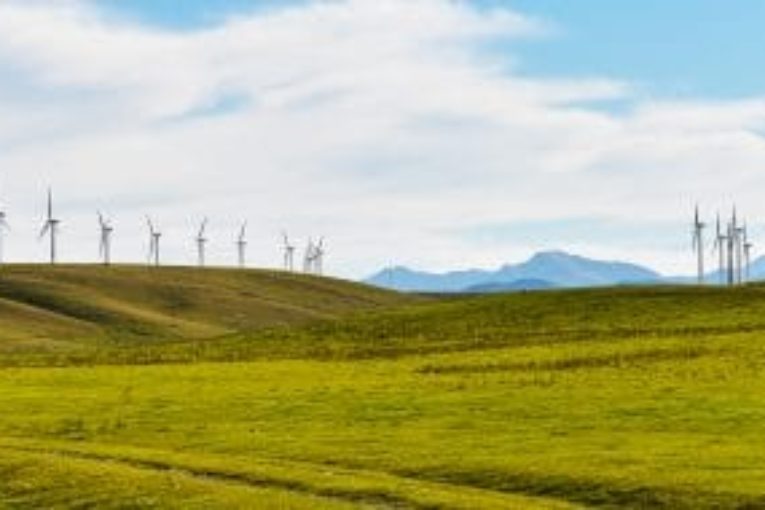
There is an interesting statistic out there that I never tire of repeating, because for me it illustrates both the progress wind energy has made in Canada and the tremendous possibilities that still lie ahead.
More wind energy capacity has been built in Canada over the past 11 years than any other form of electricity generation. More than natural gas. More than hydro. More than nuclear.
This means that not only is wind a mainstream energy choice, it is now the mainstream energy choice.
There are good reasons for this. Costs for wind energy have fallen dramatically over the past seven years, making it one of Canada’s two most cost-competitive sources of new electricity supply. And unlike natural gas, wind energy is not impacted by carbon prices or commodity price fluctuations and so will only become more affordable over time. It can be deployed quickly at whatever scale is required to match load growth, and it is emissions-free.
The fact is that no other technology can offer the same combination of affordability, reliability, scalability and sustainability that wind energy can.
Just as we’ve hit our stride, though, the path forward is shifting under our feet.
Electricity demand growth, the traditional driver for new power generation, has slowed considerably in recent years. Provinces such as Ontario, Quebec and B.C. have significant surpluses in electricity supply and are questioning the need for additional electricity supply procurement in the near-term.
So why am I so confident that the outlook for wind energy in Canada is positive?
We saw significant momentum in 2016, both federally and provincially, to act to reduce greenhouse gas emissions and capture new clean growth opportunities.
Alberta and Saskatchewan solidified their plans to install as much as 7,000 MW of new wind energy capacity by 2030 on their grids to replace retiring coal and reduce electricity sector emissions. The release of Quebec’s new 2030 energy policy set the stage for wind to play a major role in the government’s efforts to accelerate the transition to a low-carbon economy. Ontario started work on a new Long-Term Energy Plan that we are confident, when it is released this spring, will recognize there is not only going to be a need for new, non-emitting generation capacity over the next decade, but that wind energy will be identified as the most cost-effective option the province has to fill that need.
Over the longer-term, the need to address the threat of climate change is going to transform the way we produce and use energy. Study after study has shown that the only way Canada will be able to reduce greenhouse gas emissions in a significant way (80 per cent or more) is by moving away from the use of carbon fuels in transportation, building heating and cooling, and industrial processes and replacing them with clean electricity.
Quebec and Atlantic Canada are also looking to brand themselves as providers of climate solutions through clean energy exports to the U.S.
Although President Donald Trump remains a climate skeptic and is pulling back on federal action, Canada continues to work hard to maintain our relationship with the U.S. We saw this commitment reflected in February’s first face-to-face meeting between Prime Minister Trudeau and President Trump in Washington. Nevertheless, on the climate action front, states in the U.S. northeast have independently made strong greenhouse gas emission reduction commitments and are in the market for significant amounts of new clean energy supply – with rules favouring renewable technologies like wind, either alone or blended with large hydro. Wind energy from Canada will be a strong competitor in those markets.
Canada’s wind energy industry installed 702 MW of new capacity in 2016 and is expected to build about the same amount this year. While these are somewhat smaller numbers than we have seen over the past few years, the reality is that wind energy has never been in a stronger position to provide the clean and cost-effective energy solutions governments and utilities require.
You can read more of the news on source



